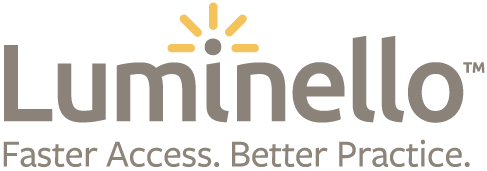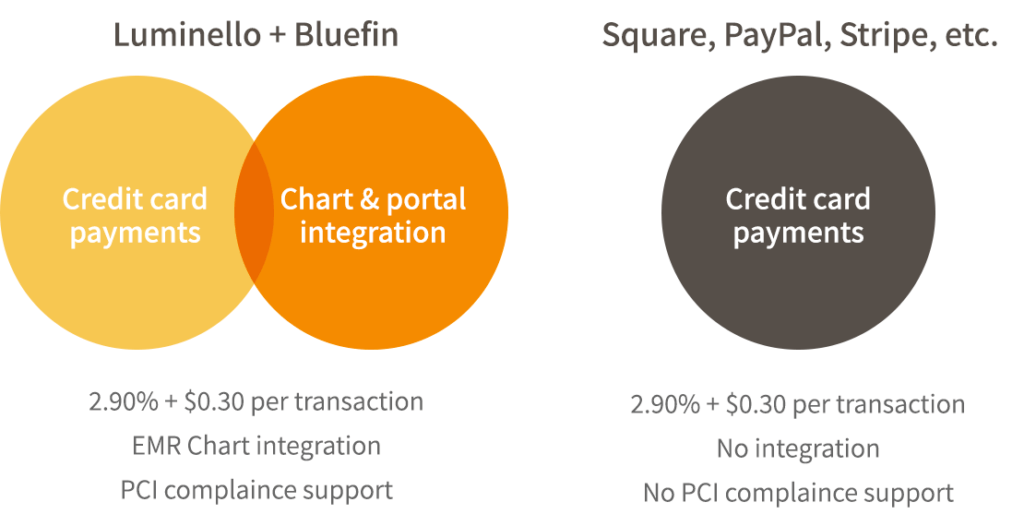Working in the medical field has never been easy. Mental health practitioners are witnesses of and responsive to their clients’ profound suffering and needs. Systemic issues like underfunding and high demand have long created a landscape of large case loads for many practitioners. Such emotional labor always comes with risk of burnout and other mental health concerns. In fact 79% of medical practitioners reported burnout starting even before the pandemic.
Emotional and Physical Impacts on Practitioners
When the pandemic hit, the mental and physical health of those in the medical field declined, according to one study. Finding found that 93% of health workers reported they were stretched too thin and 82% reported physical and emotional exhaustion. Frontline workers, such as direct care mental health clinicians, reported more severe psychological symptoms than other health workers. It is no surprise that many medical professionals exited the health care field during the pandemic. Even now, given the profound impact of the pandemic on medical professionals’ wellbeing, we hear of mass exoduses from different caring professions.
Gender Identity Impact
There are additional gender implications of the impact of the pandemic on health care workers’ functioning and ability to stay in the work force. When schools and day care shut down a question among many households became “who will care for the kids?”.As a society, we have placed much of the onus of child care and domestic labor upon women. This may explain why the CDC found that of health care workers, the highest rate of burnout was found among female practitioners (64%). The U.S. Bureau of Labor Statistics found that 1.1 million women left the labor force during the pandemic which accounted for 63% of all jobs lost.
Pandemic Related Stressors
While clinicians were adapting to new technology and witnessing the unique and heart breaking effects of the pandemic on our clients, we were also having our own emotional reactions to the pandemic. While supporting clients, we were in the unique position of also facing many of these very same pandemic-related stressors and fears. “I heard the fear in my client’s voice as she talked about the fear of losing her immunocompromised mother. In that moment all I could think about was how scared I was to lose my own mother to this illness,” a colleague confided during a meeting. The truth is being a practitioner made none of us immune to the emotional impact of such an uncertain time. Many had to compartmentalize their own concerns, fear, and uncertainty in order to continue to provide care. This compartmentalization comes at a energetic cost.
Development of Flexibility
While the impact of the pandemic on mental health care workers’ health may seem bleak, there have been developments during the pandemic, which will create better systems in the long run. The inability to safely see clients within a physical space made virtual meetings essential. It is clear that the pandemic was a key factor in the rapid buy-in to Telehealth technologies for medical visits. The ability to utilize Telehealth allows practitioners more flexibility. Practitioners now have the choice to be either partially or fully remote.
In years past practitioners were limited to seeing clients in their offices, with some clients having to make unusually long commutes. Telehealth now allows for practitioners to see clients from all over their state. This can be especially valuable for those in private practice looking to expand their practice.
Increased Recognition of Mental Health
While recognition of mental health as an important topic was already on the rise, the pandemic super-fueled its growth. The significant impact the pandemic had on the overall population’s mental health was undeniable, and the implications of a nation’s mental health decline became a topic of serious discussion. Politicians and corporations alike are now openly discussing the need for better funding for mental health programming and supports.
Recovering from the impacts of the Pandemic
Speaking to mostly providers, I imagine many basic tips about recovery are going to be no surprise. Things such as getting adequate sleep, seeking emotional support, and establishing areas outside of work that bring fulfillment are all important. I find with many colleagues that the barrier to this recovery process is not knowing what to do for self care and having limitations on the ability to engage in them.
Distinguishing what you can individually do to feel better and what systemic changes need to occur should be central to the conversation about health care workers’ recovery. Traditionally, self care and recovery are often seen as individual actions one takes to feel better. While practitioners have the power to take steps in their professional and personal lives to decrease burnout, the onus cannot solely lie there. Systems within which practitioners work need to create the conditions for practitioners to have the bandwidth to engage in healthy and restorative actions.


